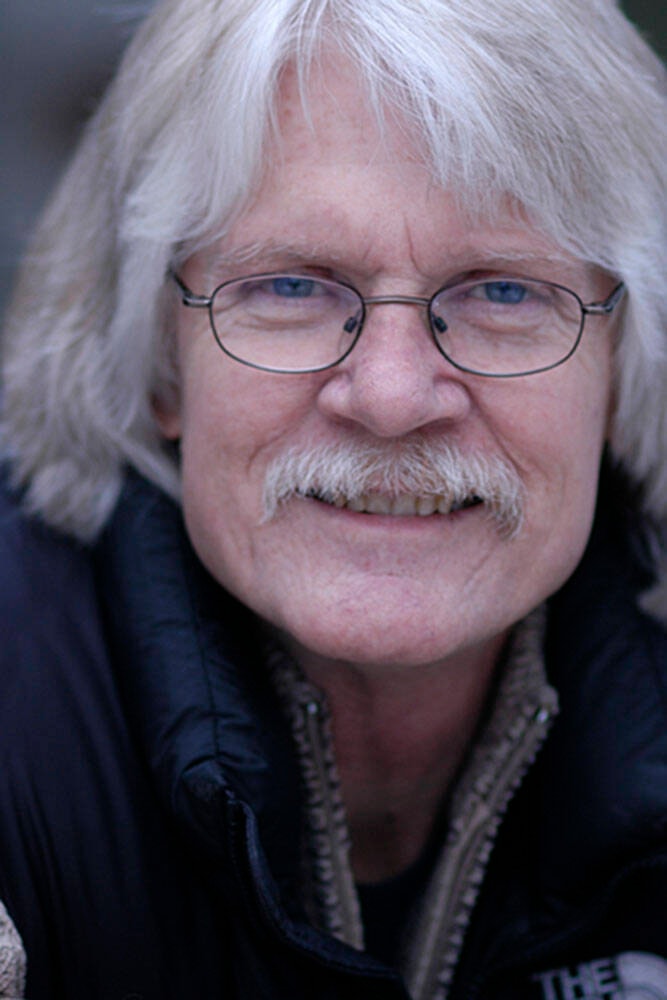This past week an excited young photographer came into my shop with his mother and bought a camera, I’m sure for his Christmas present. And before they left he confided to me that he planned on telling his family that he’d like an additional lens Christmas gift and he asked, “What is a good lens for portraiture?”
I agreed that a new lens is a neat gift to ask for. Gosh, Christmas is coming and I do like Christmas.
That said, I’ll move on to his lens question: Personally, I want as much focal length as I can get. The longer the focal length the better and a 70-200mm is my choice. I will mention that it’s weight might become a liability to some when following a couple around at an all day wedding.
The longer focal length will have a pleasing effect on a subject because the minimally curved surface of the lens flattens the perspective between the eyes and ears. Where as a wider the focal length less than, for example 70mm, has a more curved front element (lens glass) that makes the distance or perspective between the eyes and ears more visible. If the photographer moves in close to their subject with a shorter focal length lens the nose is enlarged and size of the ears is reduced.
I have heard some photographers’ say that the 50mm lens on their cropped frame camera is a good portrait lens. Well, that acts effectively like 70mm on a cropped sensor camera, but still has too much curve in the front element for my comfort. (An actual 70mm lens acts like a 105mm on a cropped frame camera and that’s much nicer)
For those, like the young fellow, and me now getting a full-frame DSLR for Christmas; that means a 50mm lens will have an actual 50mm perspective and my choice will be at least a 100mm lens.
I can remember attending a Dean Collins lighting workshop. Along with the lighting instruction Collins demonstrated shooting techniques on both a medium format (2 ¼ in film) and 35mm cameras. He used a 350mm on the medium format, and 300mm on the 35mm, and during a slide presentation he discussed how the longer lenses flattered the features of those he made portraits.
A three hundred millimeter lens is spectacular for portraits and I think there are lots of fashion photographers that might be using 300mm and even longer lenses on their full frame DSLRs. But I have to use a tripod or at least a monopod when using longer than 200mm or I get camera shake, so I defer to a lens that is much easier to move around with.
I recently read a post by a photographer who stated that only lenses with an aperture of f2.8 or wider were good for portraits, and his reasoning is because the background should always be out of focus. I don’t really agree with that. A wide aperture means one can reduce the depth of field. To me it depends on how far away, or busy the background is, and I know how to control depth of field when required. The length of the lens, and how it affects my subject is much more important.
A longer focal length, or telephoto lens can reduces the lens distortion and helps keep facial features in proportion. The longer lens also will create a shallow depth of field that helps one’s subject to stand out from the background. I think those photographers that regularly do portraiture all have their preferred lenses that they are comfortable using.
Photography is a creative medium and the final answer as to what is the best is up to the photographer and, of course, whether or not the subject is happy with the result.
Stay safe and be creative. These are my thoughts for this week.
Contact me at www.enmanscamera.com or emcam@telus.net.
